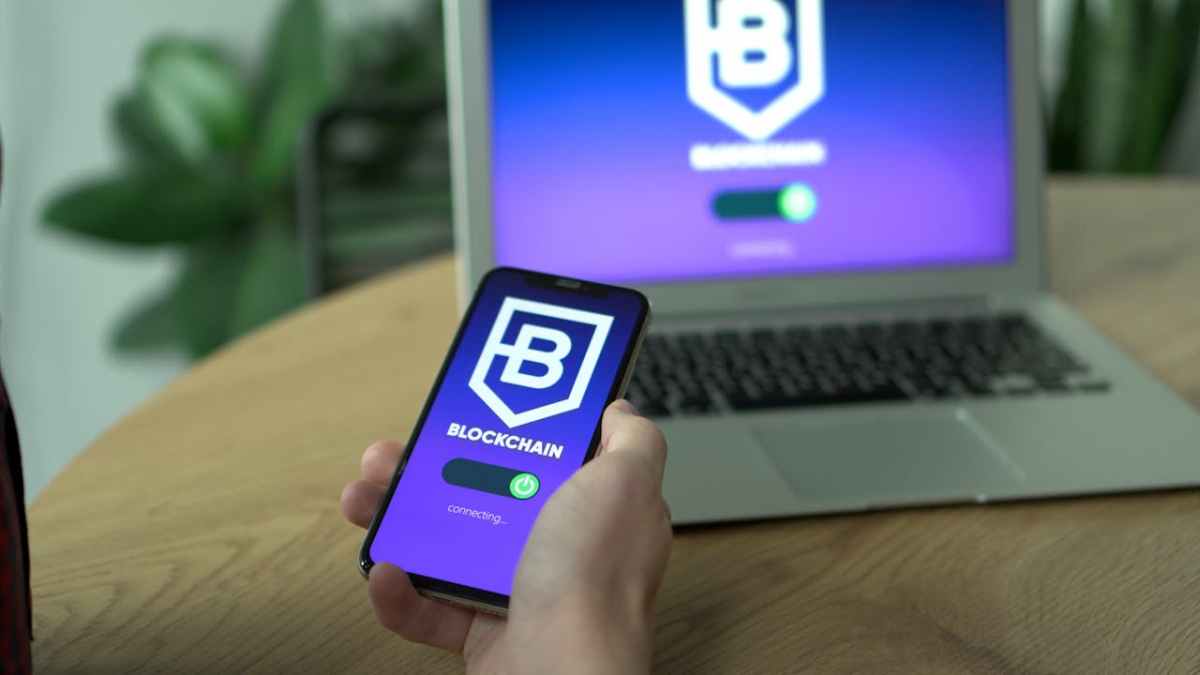Before knowing what is the relationship between Web 3 and Blockchain, let’s see a brief description of each of these two concepts.
What is Web 3
The Web 3, successor of Web 1.0 and Web 2.0 , is the third generation of Internet that allows a higher degree of decentralization and personalization, after previous models marked by static contents in the first case and by its social and interactive nature in the second.
According to Yaiza Rubio, director of Web 3 and Metaverse at Telefónica, “web3 is shaping a future of the Internet that promotes decentralization” as well as “redefining the way in which users manage their data and digital assets, thanks to Blockchain technology”.
Likewise, Rubio explains that this is a transition “towards a more open web controlled by the users themselves” that also “opens the door to new forms of online interaction, creating a more inclusive and transparent digital economy”.
Similarly, he predicts “a profound transformation in how we live, work and interact in the digital world” despite the existence of social or technical challenges that have yet to be overcome.
What is the Blockchain
The Blockchain, whose translation could be blockchain, is a technology that works as a decentralized digital ledger, as well as shared between different nodes of a network.
A technology that involves, as its name suggests, a continuous chain of transaction information, a time stamp and a cryptographic link to the previous block, which means that in order to be able to modify or alter the records of a block, it is necessary to do so with the previous ones.
In this way, manipulation becomes almost impossible without the participation of the majority of the people who are part of the network.
The Blockchain has a number of particularities such as decentralization (as the information is divided among the participating nodes and not on a single server), immutability (as explained in the previous paragraph), transparency (all participants can access and/or verify the information) and security (thanks to the use of cryptography).
Relationship between Blockchain and Web 3
There is a very close relationship between these two technologies, since the blockchain is the technological basis the decentralized vision and which is with the focus on the Web 3 user.
Thus, the infrastructure necessary for Web 3 to operate transparently and securely is provided by the Blockchain, with Web 3 applications being able to take advantage of the reliability and immutability offered by the blockchain.
The security and privacy of Web 3 is also enhanced by the decentralization of the Blockchain and having the data spread across several different nodes, thus allowing for less vulnerability to potential attacks.
This ability of the Blockchain to operate as an enabler of the decentralization of Web 3 makes it possible to ensure not only security, as mentioned above, but also user sovereignty and data integrity.
The fact that blockchain transactions are securely and immutably recorded makes it possible for Web 3 applications to validate transactions and ensure data integrity.
On the other hand, smart contracts – Blockchain’s self-executing agreements – make it possible to operate without intermediaries by ensuring that transactions and conditions are executed as scheduled, giving users more control and reducing the risk of manipulations.
